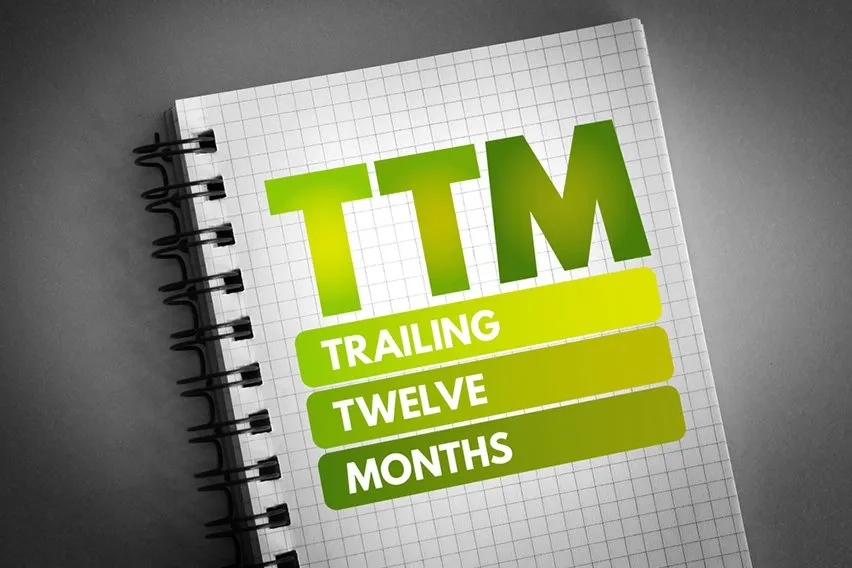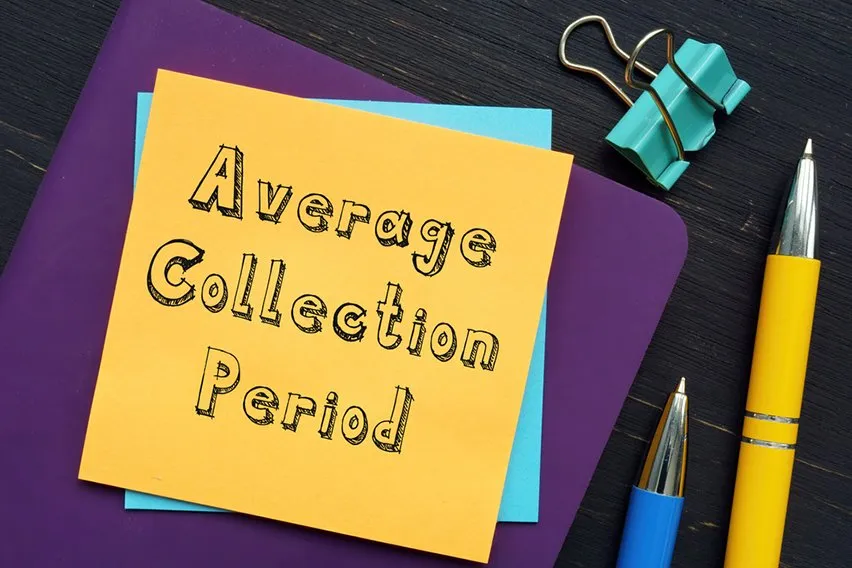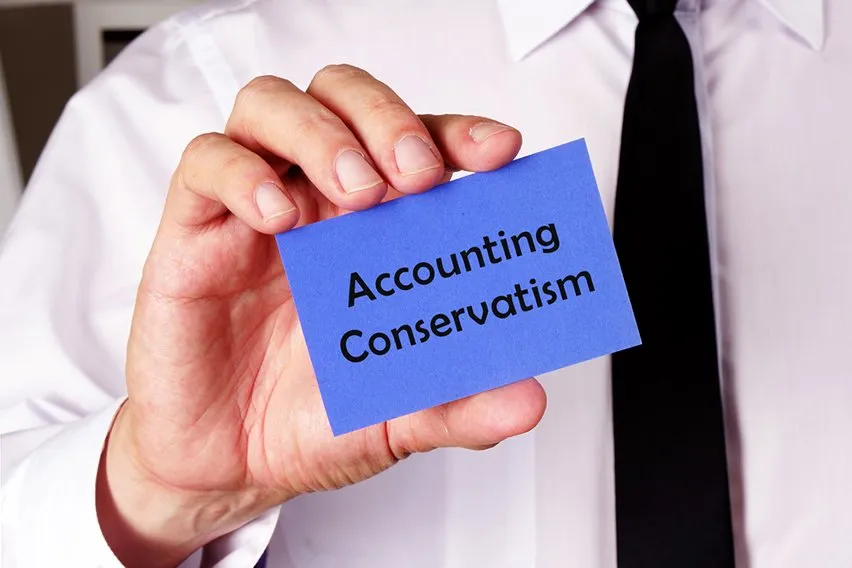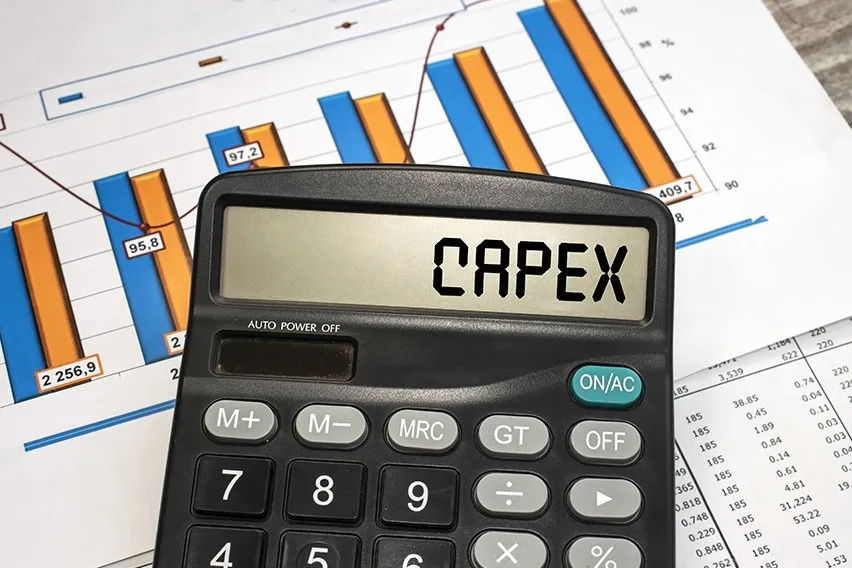Cost Method: An Accounting Guide

There are many different ways to handle your financial accounts when you’re running a business.
When it comes to recording investments, there are a few popular methods that most companies will make use of. It all depends on how you quantify the investment on your company’s balance sheet.
One such method of recording investments is the cost method. But what exactly is the cost method?
We’ll take a closer look at the definition, and give you a thorough guide to understanding everything the cost method has to offer you and your business.
Here’s What We’ll Cover:
When Would You Use the Cost Method?
How Does the Cost Method Work?
What Is an Example of the Cost Method at Work?
What Are the Advantages of Using the Cost Method?
What Are the Disadvantages of Using the Cost Method?
What Is the Cost Method?
The cost method is a method of accounting. It is used for recording specific investments in a company’s financial statements.
This particular method is used when an investor has little or no influence over the investment that they own. This is typically because they tend to represent as owning less than 20% of the company.
Using the cost method, the investment is recorded at historical cost. This would be in the asset section of the company’s balance sheet.

When Would You Use the Cost Method?
You would use the cost method when the investor identifies the investment as having the following two criteria:
- The investor has no substantial influence over the investee.
- The investment has no easily determinable fair value.
Under this set of circumstances, the cost method mandates that the investor accounts for the investment at its historical cost, or the purchase price. This will then appear as an asset on the balance sheet of the investor.
In addition to the two points made above, these accounting rules also apply to the cost method:
- If the investee pays dividends, then the investor must record them as dividend income. This makes no impact on the investment account.
- If the investee has undistributed earnings, then they won’t appear in any way in the records of the investor.
How Does the Cost Method Work?
An investor will put capital into a particular company. This investor will then report the cost of the investment as an asset.
When they receive their dividend income, it is recognised as income on the income statement. The receipt of the dividend also therefore increases the cash flow. This is under either the investing section or the operating section of the company’s cash flow statement. This would depend on the investor’s accounting policies.
If the investor later down the line decides to sell the asset, they would realise a gain or loss on the sale. This then affects net income on the income statement, and is adjusted for net income on the cash flow statement. This of course then affects investing cash flow.
The investor may also from time to time test for impairment of their investment. If it is then found to be impaired the asset would be written down. This affects both net income and also the investment balance on the balance sheet.
What Is an Example of the Cost Method at Work?
Let’s say that you purchase a 10% stake at a Technology Corporation ‘Tech Corp’ for $1,000,000.
At the end of the day, the Tech Corp announces that they will be paying out a dividend of $100,000 to its shareholders – including you.
When you purchased the investment, you recorded the investment of Tech Corp at cost. The journal entries may appear in a number of ways, depending on your investment strategy and history.
You may classify the investment differently. This would normally depend on the type of marketable security you deem, but it is generally classified as an asset. So it may appear in your journal as such:
|
Debit |
Trading Securities |
1,000,000 |
|
Credit |
Cash |
1,000,000 |
At the end of the year, you receive 10% of the $100,000 dividends as you hold 10% of Tech Corp. This would be shown as follows:
|
Debit |
Cash |
10,000 |
|
Credit |
Dividend Revenue |
10,000 |
What Are the Advantages of Using the Cost Method?
There are a number of advantages to using the cost method. Some of the biggest advantages are as follows:
Less Paperwork
There is far less paperwork involved with the cost method when compared to other accounting methods.
Most of the transactions are only recorded once until the asset is sold further down the line. This means that the time and cost associated with any form of record-keeping compared to the other methods are less.
Fewer Adjustments
The initial investment is recorded at a historical cost, which is the price at which it was purchased. This is a one line entry on the balance sheet. Therefore, no adjustments are made unless the value or the recoverable amount of the asset decreases.
This would mean that a permanent write off for the asset is recorded through impairment.
Income Statement
Any dividends that are received from the equity investment are recorded separately on the income statement. This also goes for any direct payments received that have resulted from any distribution of net profits from the investee. These are then not deducted from the value of the equity investment.
Value of the Equity Investment
One of the advantages of recording the dividends or distributions received from the investee on the income statement is that the value of the equity investment is not decreased. Also, the amount received is considered income and therefore affects the cash flow.
Balance Sheet
Undistributed earnings from the equity investors do not affect the balance sheet of the investing company. This is because they haven’t been received and are therefore not recorded until they are received.
No Manipulation
All of the data and records associated with the investment are supported by evidence. This is in the form of sales or purchase receipts and invoices. This therefore leaves very little to no room for any manipulation of facts.
What Are the Disadvantages of Using the Cost Method?
Although there are a number of advantages to using the cost method, it also comes with its own set of disadvantages:
Fair Value Fluctuations
The investing company records the investment at the original purchase price. This is without any adjustments for the change in fair value. The cost method accounting system doesn’t record fair value fluctuations. It also doesn’t record the current market value of the equity investment asset.
This is unless there is a significant enough decrease in value below the purchase cost, which as we mentioned earlier is recorded as impairment.
Gains
The cost method doesn’t record gains until the gains are realised. This can be a disadvantage when the value of the investment increases but doesn’t affect the income side of the balance sheet.

Inflation
This accounting method doesn’t consider inflation. The cost method assumes that the value of the currency that the equity investment was purchased with remains constant over time.
Balance Sheet Income
The cost method cannot inflate or deflate the income side of the balance sheet with unrealised gain or loss. This is as the equity investments undergoes any changes in either upward or downward movement in fair value.
Undistributed Earnings
Any earnings or dividends that haven’t been distributed and that are not yet received from the equity investment aren’t recorded. These don’t affect the investing company’s balance sheet or the final balance sheet of the investee and the investing company. The earnings must be received before they can be recorded.
Key Takeaways
There are a number of different advantages and disadvantages towards using the cost method of accounting when considering investment income.
It will depend on which method of accounting is right and works best for both you and your business.
Are you looking for more business advice on everything from starting a new business to new business practices?
Then check out the FreshBooks Resource Hub.
RELATED ARTICLES

 What Is TTM (Trailing Twelve Months) in Finance?
What Is TTM (Trailing Twelve Months) in Finance? Average Collection Period: Overview, Formula & Example
Average Collection Period: Overview, Formula & Example What Is Conservatism in Accounting: Definition & Principle
What Is Conservatism in Accounting: Definition & Principle How to Calculate CapEx (Capital Expenditure): Formula & Examples
How to Calculate CapEx (Capital Expenditure): Formula & Examples 66 Basic Accounting Terms You Need to Know
66 Basic Accounting Terms You Need to Know High-Low Method: Learn How to Estimate Fixed & Variable Costs
High-Low Method: Learn How to Estimate Fixed & Variable Costs